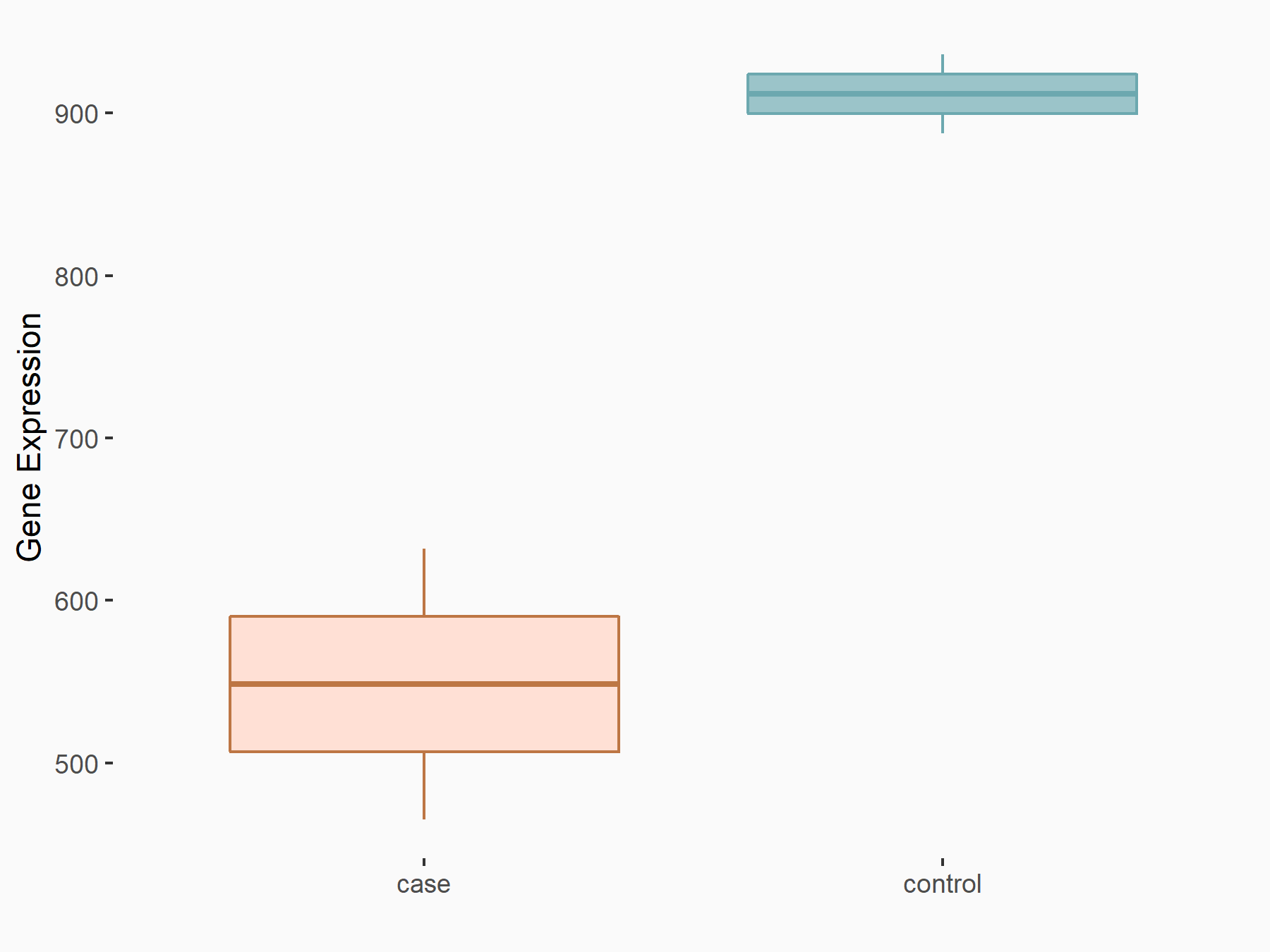m6A Target Gene Information
General Information of the m6A Target Gene (ID: M6ATAR00681)
Full List of m6A Methylation Regulator of This Target Gene and Corresponding Disease/Drug Response(s)
DDB2
can be regulated by the following regulator(s), and cause disease/drug response(s). You can browse detail information of regulator(s) or disease/drug response(s).
Browse Regulator
Browse Disease
Methyltransferase-like 14 (METTL14) [WRITER]
| Representative RNA-seq result indicating the expression of this target gene regulated by METTL14 | ||
| Cell Line | MDA-MB-231 | Homo sapiens |
|
Treatment: siMETTL14 MDA-MB-231 cells
Control: MDA-MB-231 cells
|
GSE81164 | |
| Regulation |
  |
logFC: -7.35E-01 p-value: 7.54E-04 |
| More Results | Click to View More RNA-seq Results | |
| In total 1 item(s) under this regulator | ||||
| Experiment 1 Reporting the m6A Methylation Regulator of This Target Gene | [1] | |||
| Response Summary | METTL14 knockdown decreases GGR and DNA damage-binding protein 2 (DDB2) abundance. Conversely, overexpression of wild-type METTL14 but not its enzymatically inactive mutant increases GGR and DDB2 abundance. METTL14 is a target for selective autophagy and acts as a critical epitranscriptomic mechanism to regulate GGR and suppress UVB-induced skin tumorigenesis. | |||
| Target Regulation | Up regulation | |||
| Responsed Disease | Skin tumour | ICD-11: 2F92 | ||
| Pathway Response | Nucleotide excision repair | hsa03420 | ||
| Cell Process | Genome repair | |||
| Cell autophagy | ||||
| In-vitro Model | NHEK (Normal human epithelial keratinocytes) | |||
| MEF (Mouse embryonic fibroblasts) | ||||
| HaCaT | Normal | Homo sapiens | CVCL_0038 | |
| A-431 | Skin squamous cell carcinoma | Homo sapiens | CVCL_0037 | |
Skin tumour [ICD-11: 2F92]
| In total 1 item(s) under this disease | ||||
| Experiment 1 Reporting the m6A-centered Disease Response | [1] | |||
| Response Summary | METTL14 knockdown decreases GGR and DNA damage-binding protein 2 (DDB2) abundance. Conversely, overexpression of wild-type METTL14 but not its enzymatically inactive mutant increases GGR and DDB2 abundance. METTL14 is a target for selective autophagy and acts as a critical epitranscriptomic mechanism to regulate GGR and suppress UVB-induced skin tumorigenesis. | |||
| Responsed Disease | Skin tumour [ICD-11: 2F92] | |||
| Target Regulator | Methyltransferase-like 14 (METTL14) | WRITER | ||
| Target Regulation | Up regulation | |||
| Pathway Response | Nucleotide excision repair | hsa03420 | ||
| Cell Process | Genome repair | |||
| Cell autophagy | ||||
| In-vitro Model | NHEK (Normal human epithelial keratinocytes) | |||
| MEF (Mouse embryonic fibroblasts) | ||||
| HaCaT | Normal | Homo sapiens | CVCL_0038 | |
| A-431 | Skin squamous cell carcinoma | Homo sapiens | CVCL_0037 | |